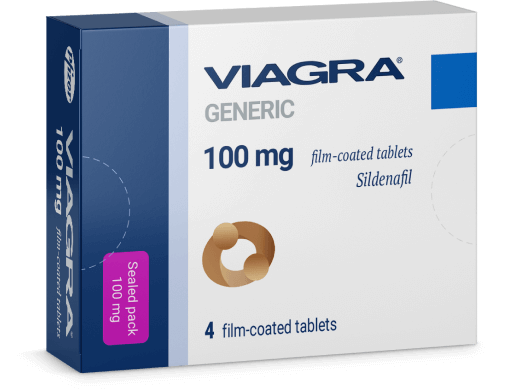Exploring the Benefits of Antimykitiaska in Modern Healthcare

Understanding the Importance of Antimykitiaska
Antimykitiaska is a crucial component in the fight against fungal infections, offering effective solutions for various ailments. Many people suffer from fungal infections, which can lead to discomfort and serious health issues if not appropriately treated. In this article, we will explore the uses, benefits, and considerations associated with Antimykitiaska. You can find more information at Antimykitiaska https://farmakeioorama.gr/antimykitiaska/.
What is Antimykitiaska?
Antimykitiaska refers to a category of medications designed to combat fungal infections. These treatments can vary widely in their composition and application, but they typically fall into two main categories: topical and systemic antifungals. Topical antifungals include creams, ointments, and powders that can be directly applied to the affected area, while systemic antifungals are taken orally or intravenously to combat infections throughout the body.
Types of Fungal Infections Treated with Antimykitiaska
Fungal infections can manifest in various ways, affecting different parts of the body. Some common types of infections treated with Antimykitiaska include:
- Skin Infections: Conditions like athlete’s foot, ringworm, and candidiasis often require topical antifungals for effective treatment.
- Nail Infections: Fungal nail infections, or onychomycosis, necessitate the use of systemic antifungals to penetrate the nail bed.
- Oral Infections: Oral thrush, caused by an overgrowth of Candida yeast, often requires antifungal medications.
- Systemic Infections: More severe fungal infections, such as histoplasmosis or cryptococcosis, may require comprehensive treatment with systemic antifungals.
How Antimykitiaska Works
Antimykitiaska medications function by targeting specific components of fungal cells. Unlike human cells, fungal cells have unique membranes that can be disrupted or compromised by antifungal agents. Here are some mechanisms through which these medications operate:

- Inhibition of Cell Wall Synthesis: Certain antifungals impede the synthesis of chitin, a vital component of the fungal cell wall, ultimately leading to the cell’s death.
- Interference with Cell Membrane Function: Other antifungals disrupt the integrity of the fungal cell membrane, leading to leakage of essential cellular components and cell death.
- Inhibition of Nucleic Acid Synthesis: Some antifungals prevent the synthesis of fungal DNA and RNA, inhibiting the growth and reproduction of the fungus.
Benefits of Using Antimykitiaska
The use of Antimykitiaska offers several advantages when dealing with fungal infections:
- Rapid Relief: Antimykitiaska can provide quick relief from symptoms such as itching, redness, and inflammation, improving the patient’s quality of life.
- High Efficacy: Many antifungal agents are highly effective, often achieving clearance of the infection in a matter of days to weeks.
- Broad Spectrum: Some antimykitiaska are designed to target a wide range of fungi, making them suitable for various infections.
- Improved Formulations: Advances in pharmaceutical science have led to the development of newer formulations with fewer side effects and improved patient compliance.
Considerations and Side Effects
While Antimykitiaska can be highly beneficial, there are also considerations to keep in mind:
- Side Effects: Some individuals may experience side effects such as skin irritation, nausea, or headache. It is essential to consult with a healthcare provider about potential side effects before starting treatment.
- Drug Interactions: Antifungal medications can interact with other medications, leading to increased or decreased effectiveness of treatment. Always inform your doctor of all medications you are currently taking.
- Resistance: The misuse or overuse of antifungals can lead to resistance, making infections harder to treat in the future. Responsible use is crucial.
- Underlying Health Conditions: Individuals with compromised immune systems, such as those with HIV/AIDS or undergoing chemotherapy, may require more aggressive treatment and monitoring.
Conclusion
Antimykitiaska plays a vital role in modern medicine by providing effective methods to treat and manage fungal infections. By understanding the different types of antifungal medications available, their mechanisms of action, benefits, and potential side effects, individuals can make informed choices about their treatment options. As always, consulting with a healthcare provider is essential to determine the most appropriate course of action based on individual health needs.
